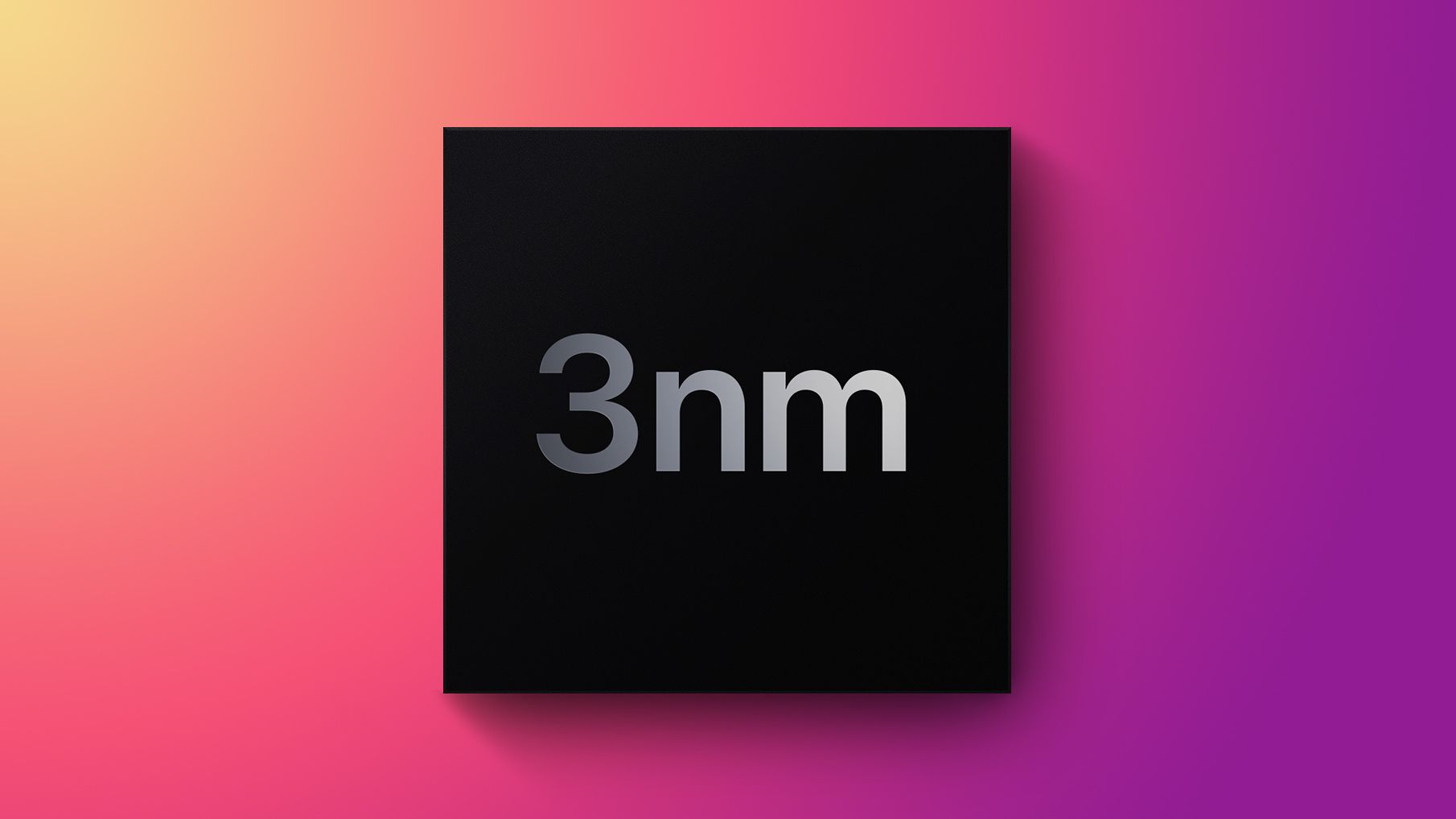- cross-posted to:
- technews@lemmy.ml
- cross-posted to:
- technews@lemmy.ml
Apple to Buy TSMC’s Entire Supply of 3nm Chips for 2023::Apple will receive all of TSMC’s first-generation 3-nanometer process chips this year for upcoming iPhones, Macs, and iPads, according to…



We need more fabs. Entire world’s supply of 3nm blown on iPhones
In this case it’s not truly a result of limited fab availability.
TSMC has two main variants of their 3nm node. The original one, that Apple is using, is N3B. It has worse yields, so TSMC started work on another variant, N3E. N3E has much better yields but will not be ready until late 2023 or early 2024. Everyone else besides Apple opted to skip N3B and go for N3E. Apple, with their very consistent release cadence, didn’t want to wait for N3E. So Apple — and only Apple — is using N3B.
Thus, we have:
(1) TSMC only has one 3nm node in 2023: N3B.
(2) TSMC only has one customer for N3B: Apple.
(3) TSMC will never have any other customer use N3B, and have no incentives to build capacity beyond what is needed now.
It’s effectively tautological that their entire 3nm allocation will be sold exclusively to Apple in 2023.
So wait a few years before buying a new phone, I’d what your saying?
The practical performance differences between N3B and N3E should be more or less immaterial to the end user. N3E just has a lower defect rate, meaning a greater portion of chips will be valid when made under that process versus made under N3B. There was a fairly credible rumor a few weeks ago that Apple was paying TSMC per valid chip instead of the industry standard per wafer. So for us, the end users, the cost won’t even be passed down — that’s just a cost that TSMC has to bear.
That said, if you don’t need a new phone now, waiting is good in general. Whatever is out today, they’ll have something better next year. Wait as long as you’re willing and able between upgrades. Unless you’re absolutely loaded with money, I guess.
Honestly, if not for security patches, most people could probably use a top of the line 8 year old smartphone, like the Iphone 6, without almost missing any feature or functionality, maybe for 20 years or more. Would certainly be great for the environment if we could use a smartphone for 15 years or more, with all the computational power already available this should be doable on the technical level. Unfortunatelly, it will not be allowed to by mnanufacturers, and we do not have a universally compatible functional linux for phones, that also can pass the locked bootloaders.
Repair would have to become easier or cheaper if you want people to use their phone for 15 years. It’s incredibly likely the screen will break in that time frame.
The EU already demanded user replaceable batteries, outside of that just not using software lockdowns a la Apple would already allow 3rd party repair and manufacture of equivalent parts, going even further the Fairphone is modular and with open specs, this kind of modularity and open protocols would theoretically allow smartphones to be Ship of Theseus style immortals.
Yeah I had an iPhone 6 Plus until 2 years ago. But I couldn’t keep using it because it was stuck on iOS 12 and all the apps no longer supported it.
Although the screen and camera were pretty damaged, and the battery was dying, so maybe it was a good time to upgrade anyway.
Intel were made to share their technology due to a monopoly not too long ago. Same should be the case here
The tech isn’t the hurdle. The industrial capacity is. It’s not a good investment due to time and cost of building another full facility. That’s why the Biden Administration was so gung ho about the subsidies and tax incentives in the CHIPS act; a government actor is needed to make the math make sense.
Absolutely, I agree with that but if Apple are the only ones that can use this tech as was suggested by another commentor then they should be made share the tech for the sake of innovation and progress.
I agree with government intervention here but think the Biden admin went a ways into protectionism which is a different conversation. I don’t think these Fabs are going out of date anytime soon so we should be building them globally, we are screaming out for more chips and the more that are built the cheaper they will get.
The issue is that the US doesn’t own all of the relevant patents, just most of them. It’s hard to apply US anti-monopoly laws against a company based in the Netherlands that primarily sells its products to Korea and Taiwan. All the US can do is threaten to pull the EUV-LLC patents that the department of energy developed.